"RISSHUN"
(315 Deg.)

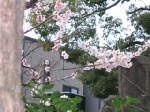
|
1. Kanji characters read "Start, Spring".
2. Calendar: It is around Feb.04.
RISSHUN is the first day of spring according to the calendar.
3. Legendary:
Warm east winds blow and the ice melts.
The nightingales start to sing at the foot of mountains.
Fish jump out through the cracks in the ice.
4. Climate: It feels still cold, but sometimes warm winds blow
from the east.
5. Agriculture: Farmers are praying for good days for rice planting.
6. Food: "Rice and Misoshiru(soup)" are our daily dishes.
7. Event: "SETSUBUN" festivals are held the day before at shrines.
|
"USUI"
(330 Deg.)

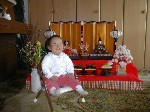
|
1. Kanji characters read "Rain, water".
2. Calendar: It is around Feb.19.
USUI is the first day of rain falls in place of snow.
3. Legendary:
It rains and the earth absorbs rain.
A mist starts to drift over the fields and mountains.
Grass and trees start to sprout.
4. Climate: Snow fall at Kanto and Tokai area.
"Haru-Ichiban"(SE Wind) blows.
Snow and ice start to melt. It is getting warmer.
5. Agriculture:
6. Food: "Shiro-zake" (white and sweet sake) is served at Hinamatsuri
festival.
7. Event: "MOMO-NO-SEKKU"(or "Hina-matsuri" festival) Small girls'
festival for their happiness.
"Ume-Matsuri" is held at Mito city.
|
"KEICHITSU"
(345 Deg.)

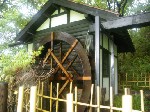
|
1. Kanji characters read "Open, Calm".
2. Calendar: It is around Mar.06.
KEICHITSU is the final day of hibernation.
3. Legendary:
Insects come out of hibernation, and surface from underground.
Peach blossoms start to bloom.
Black caterpillar emerge from cocoons as butterflies.
4. Climate: Spring is just around the corner.
5. Agriculture:
6. Food:
7. Event: "OMIZUTORI" held at Nara Todaiji Temple has continued
for over 1250 years.
|
"SHUMBUN"
(000 Deg.)

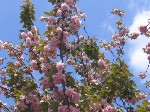
|
1. Kanji characters read "Spring, Divide".
2. Calendar: It is around Mar.21.
SHUMBUN is "Vernal equinox day" and declared a national holiday.
The sun passes the equinox point on it's ecliptic cycle.
3. Legendary:
Sparrows are busy making their nests.
Cherry blossoms start to bloom.
We hear the first sound of thunder faraway.
4. Climate: Winter is gone, spring is around us.
Day time become longer than night time.
5. Agriculture:
6. Food:
7. Event: We visit our family graves to pray to our ancestors.
Graduation ceremonies are held at achools.
|
"SEIMEI"
(015 Deg.)

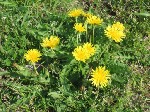
|
1. Kanji characters read "Clear, Brilliant".
2. Calendar: It is around Apr.05.
SEIMEI is the first day of clear and transperant days.
3. Legendary:
Swallows migrate from southern islands,
geese return to the northern territories
and we see the first rainbows after rain.
4. Climate: It gives the air a crisp feeling.
It is still cold, but every thing is inspired by the
beginning of a new life. Grass and trees start to
sprout, birds fly high in the sky. We see cherry
blossoms in full bloom.
5. Agriculture: Farmers get to their rice fields.
6. Food:
7. Event: "HANA-MATSURI" festivals are held at temples to pray Budda.
"OHAMANI" parties are held under the cherry blossoms throught
Japan. We have much more events at this time of a year.
Ceremonies of joining companies, schools etc. are held.
"Taue-Matsuri"(Rice seeds planting festival) is held at Chichibu shrine.
"Seimei" festival are held in Okinawa and China.
|
"KOKUU"
(015 Deg.)


|
1. Kanji characters read "Crops, Rain".
2. Calendar: It is around Apr.21.
KOKUU is the first day of good rainfall for plants.
3. Legendary:
Reeds start to sprout,
young rice begin to grow
and peonys start to bloom.
4. Climate: Gentle rain falls and gives life to all plants.
Given water, all plants grow.
5. Agriculture: Farmers are ready to plant rice seeds.
6. Food:
7. Event: April 29 was once the Emperor's birth day.
|
"RIKKA"
(045 Deg.)

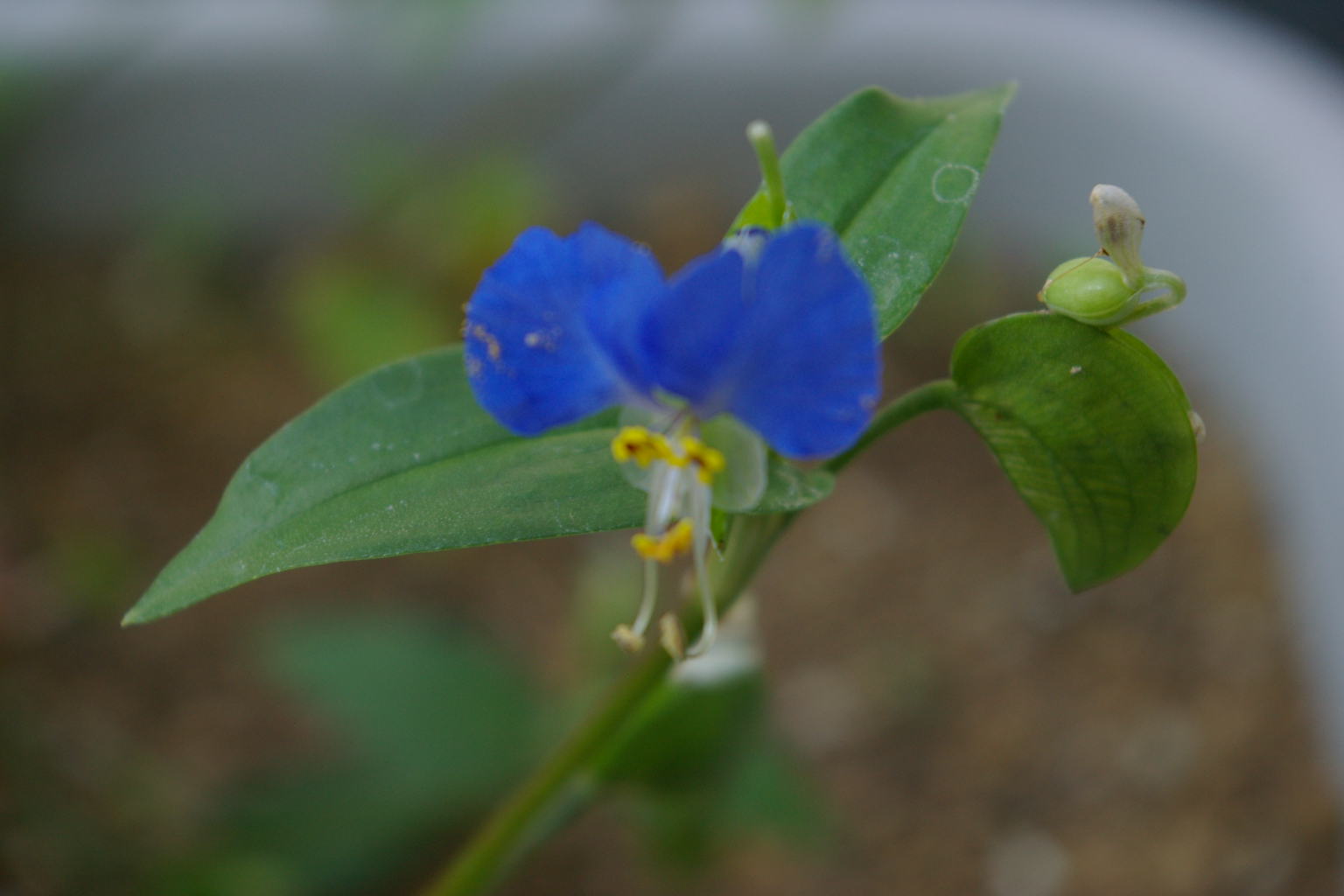
|
1. Kanji characters read "Start, Summer".
2. Calendar: It is around May 05.
RIKKA is the first day of summer according to the calendar.
3. Legendary:
Frogs start to croak,
earthworms surface,
and bamboo shoots grow.
4. Climate:
We see beautiful green and fresh leaves all-around us.
We usually feel the beginning of the summer season.
5. Agriculture: Farmers are busy harvesting tea leaves.
6. Food: Newly produced teas are delicious. "Chimaki"(A kind
of rice cake.) is eaten to pray boy's happiness.
7. Event: "Children's day" is declared a national holiday
for praying their happiness.
Carp streamers are hoisted at country side houses.
"Aoi-Matsuri" is held at Kyoto.
|
"SHOUMAN"
(060 Deg.)

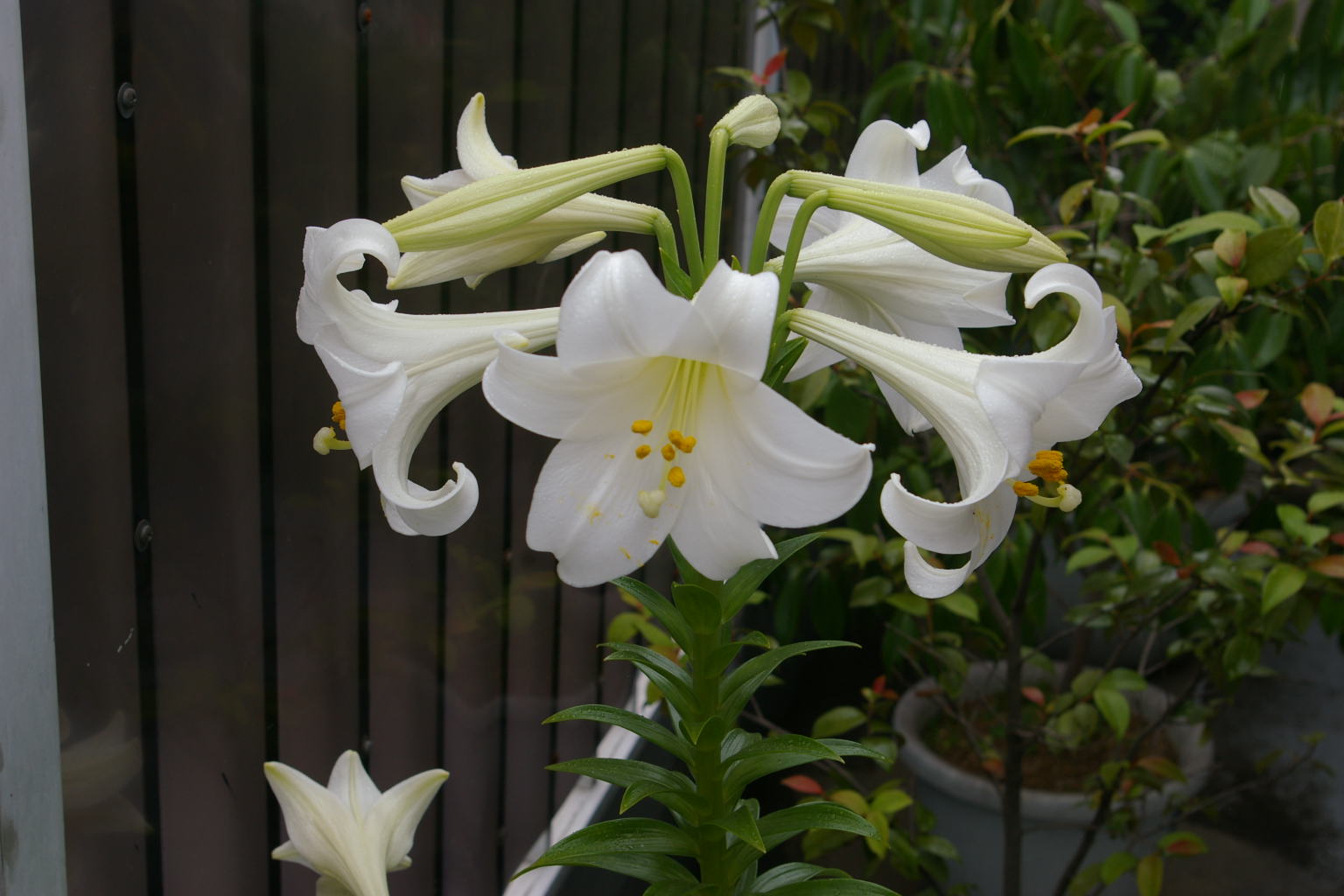
|
1. Kanji characters read "Small, Full".
2. Calendar: It is around May 21.
SHOUMAN is the first day of plants' growing.
3. Legendary:
Silkworms are fed mulberry leaves which they aggressively
feed on.
Wheat become ripe.
Safflowers start to bloom
4. Climate: Western part of Japan experience the early stage of
"BAIU"(rainy season). All things, grass and trees, begin to
grow and cover the ground.
5. Agriculture: Farmers get ready to harvest ripe wheat.
6. Food:
7. Event: Jene 1st, we change clothes for the coming summer,
which is called "Koromogae".
|
"BOUSHU"
(075 Deg.)

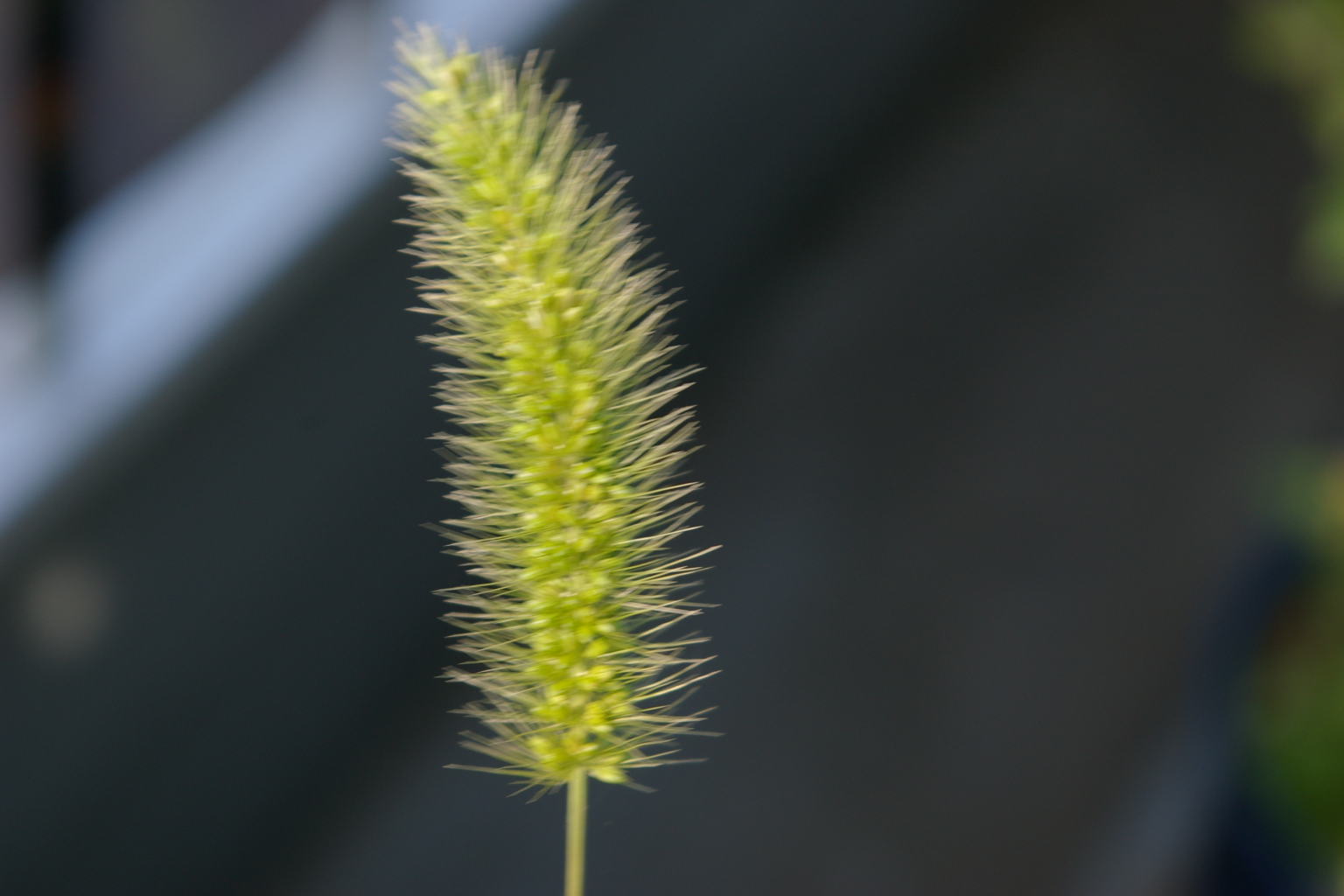
|
1. Kanji characters read "Seeds of plants".
2. Calendar: It is around Jun.05.
BOUSHU is the first day of sewing rice seeds.
3. Legendary:
Praying-mantis are born,
from grass firefly larva mature into adult fireflies
and plums(apricots) turn yelloe and become ripe.
4. Climate: Western part of Japan enters into "BAIU" season.
5. Agriculture: Farmers get ready to sew rice seeds.
6. Food:
7. Event:
|
"GESHI"
(090 Deg.)

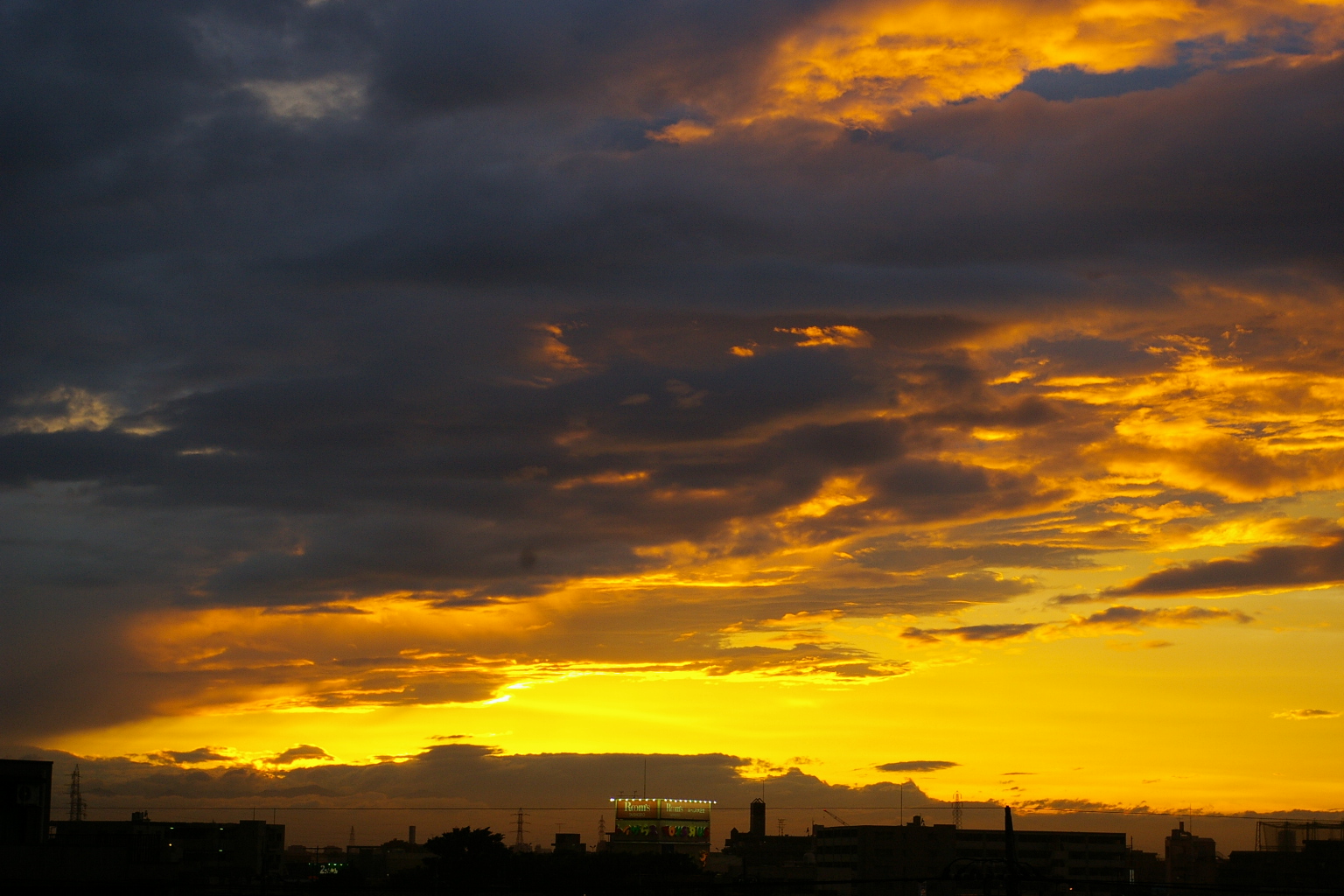
|
1. Kanji characters read "Summer, Reach".
2. Calendar: It is around Jun.21.
GESHI is the summer solstice.
The sun reaches it's northern most position on it's ecliptic.
3. Legendary:
Grass die.
Irises start to bloom.
"Torieshaku" starts to grow.
4. Climate: We experience the longest day of the year.
A font called "Baiu-Zensen" lingers on Japan islands.
"Shoubu","Ajisai" flowers are in full bloom.
5. Agriculture: Farmers are at their busiest planting rice.
6. Food:
7. Event: Mt. Fuji is opened for climbing.
|
"SHOUSHO"
(105 Deg.)

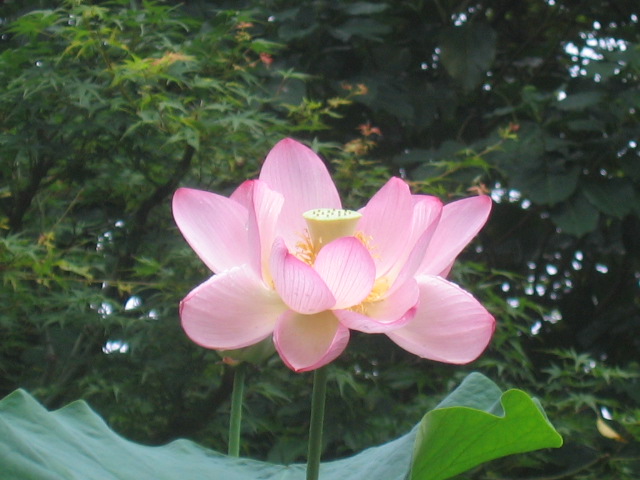
|
1. Kanji characters read "Small, Hot".
2. Calendar: It is around Jul.05.
SHOHSHO is the first day of hot days.
3. Legendary:
Warm winds blow,
lotus flowers start to bloom and
young eagles learn to fly.
4. Climate: The rainy season is approaching it's end.
Lotus flower starts to bloom. Casidas start to chorus.
5. Agriculture: Farmers watch their rice fields.
6. Food:
7. Event: "Gion-Maturi" is held in Kyoto city.
"Tanabata-matsuri" is held in Sendai city.
"Obon" is the period of returning to our native tountry or town to meet
our parents and friends and pray to our ancestors.
|
"TAISHO"
(120 Deg.)

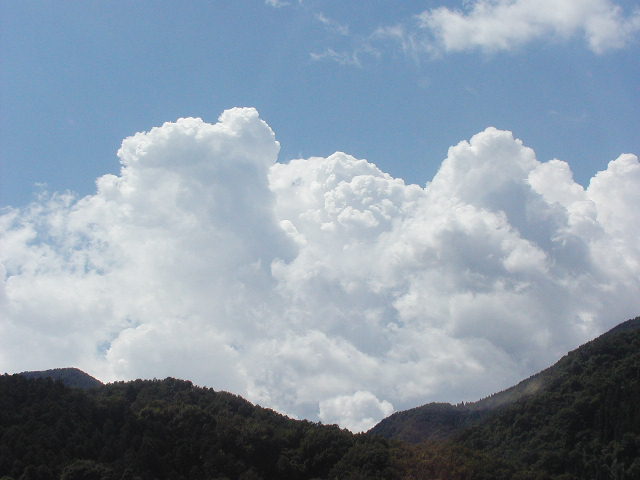
|
1. Kanji characters read "Big, Hot".
2. Calendar: It is around Jul.21.
TAISHO is the first day of hottest period of a year.
3. Legendary:
Paulownia flowers start to produce seeds.
Ground becomes wet and it's getting humid and hot.
Sometimes it rains heavily.
4. Climate: The rainy season is over.
We are into the hottest time of the year.
Cumulonibbus can be seen.
5. Agriculture: Farmers get ready to
6. Food: "Unadon"(Rice topped by broiled eels) are popular food
in this season.
7. Event: Many school enter into summer vacation.
|
"RISSHUU"
(135 Deg.)

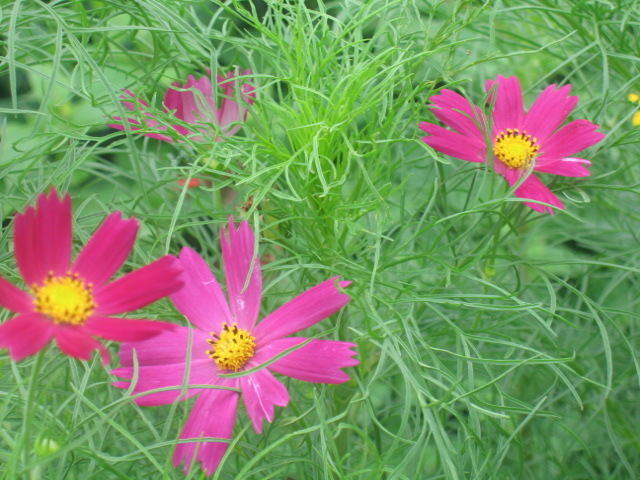
|
1. Kanji characters read "Start, Autumn".
2. Calendar: It is around Aug.05.
RISSHU is the first day of autumn according to the calendar.
3. Legendary:
Cool breezes start to blow,
clear-toned casidas start to sing
and dense fog starts to appear.
4. Climate:
We experience the hottest days in a year.
5. Agriculture:
6. Food: "Hiyayakko"(Cooled Tofu) and "Hiya-Somen"(Coold noodle) are
popular in this season.
7. Event:
|
"SHOSHO"
(150 Deg.)

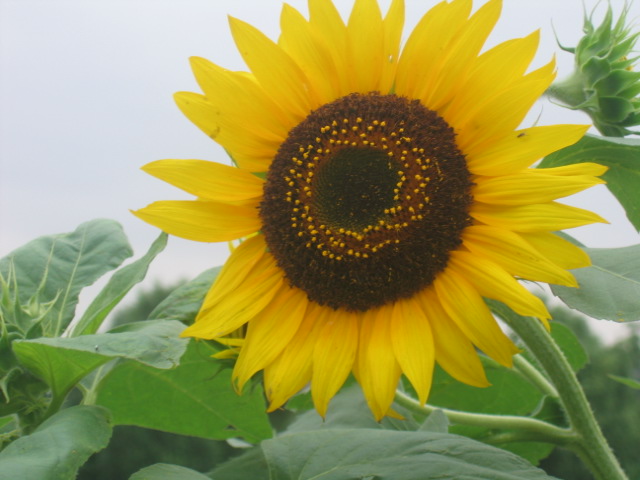
|
1. Kanji characters read "Stop, Hot".
2. Calendar: It is around Aug.21.
SHOSHO is the period when it feels a little bit cool.
3. Legendary:
Cotton flowers open,
the hottest period of the year is over
and rices become mature.
4. Climate: The temperatures stop rising.
The air is cool in the morning and evening.
5. Agriculture: Rices are growing under the sun and sufficient water.
6. Food: Pears and grapes are delicious.
7. Event: Fire work displays are held elsewhere in Japan.
"Daimonnji-Okuribi" is very famous festival in Kyoto city.
"Hassaku-matsuri" is held in Kyoto.
|
"HAKURO"
(165 Deg.)

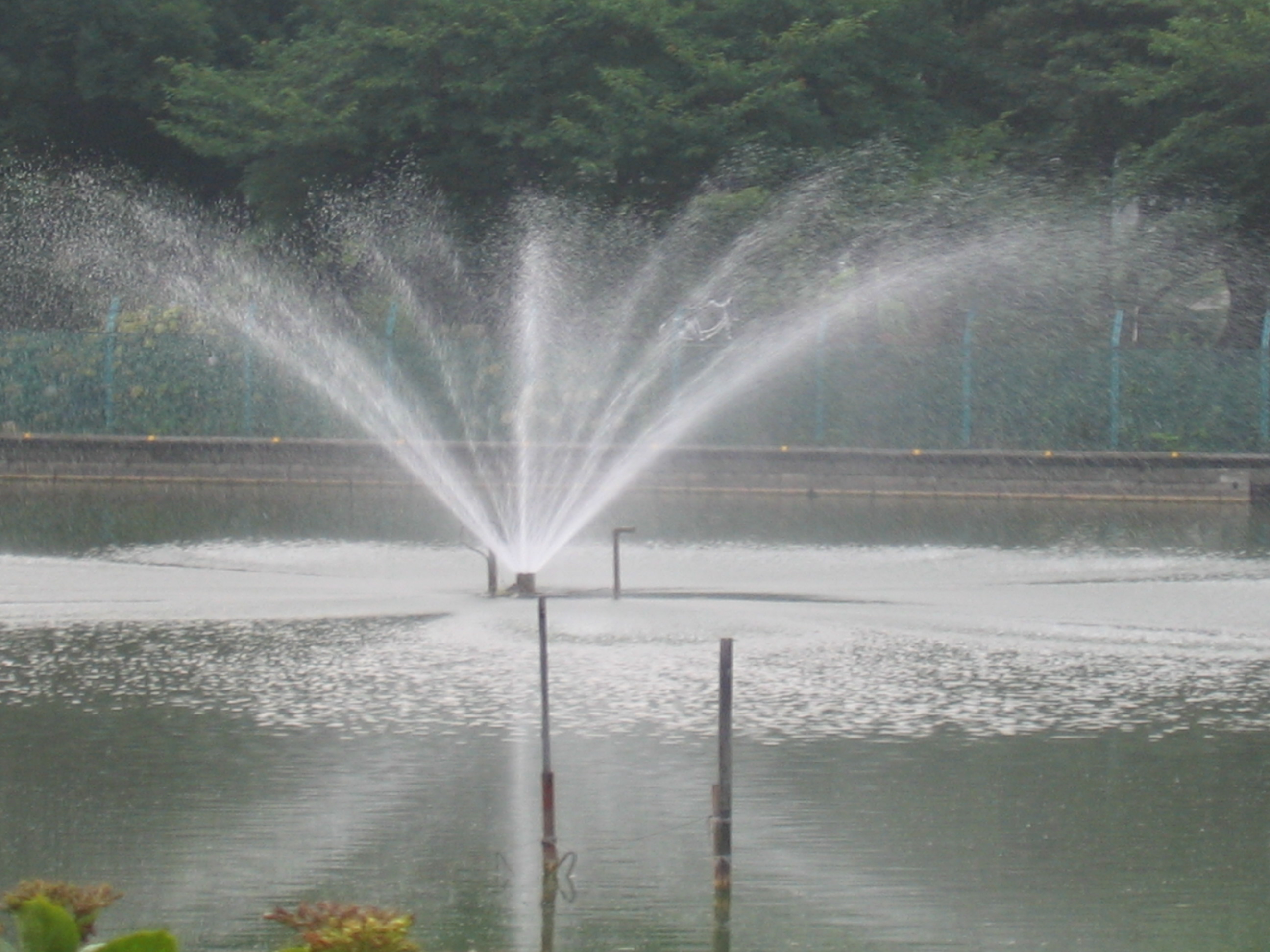
|
1. Kanji characters read "White, Dew".
2. Calendar: It is around Sep.05.
HAKURO is the first day of forming dew drops.
3. Legendary:
Dew drops glisten clear on the grass,
wagtails start to sing
and swallows migrate south.
4. Climate: The temperature becomes cooler.
Typhoons come and land.
A font called "Shurin-Zensen" lingers on Japan islands.
5. Agriculture:
6. Food:
7. Event: "Otsukimi" party is held at each house to enjoy viewing
the moon with some autumn foods like "Tsukimi-dango"(a kind of
rice cake).
|
"SHUUBUN"
(180 deg.)

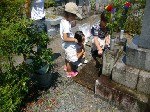
|
1. Kanji characters read "Autumn, divide".
2. Calendar: It is around Sep.21.
SHUUBUN is the autumnal equinox day and declared a national
holiday, and also is the middle of a year.
3. Legendary:
The thunder stops roaring,
insects close the entrance to their nests
and rice fields are drained water.
4. Climate: Dew drops can be seen on the plants and grass.
5. Agriculture: Farmers get ready to drain water from their
rice fields.
6. Food: Chestnuts and perssimons become ripe.
7. Event: We visit our family graves to pray to our ancestors.
|
"KANRO"
(195 Deg.)

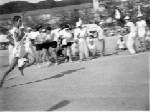
|
1. Kanji characters read "Cold, dew".
2. Calendar: It is around Oct.05.
KANRO is the period when dew drops freeze due to cold
temperature.
3. Legendary:
Geese begin to fly back to their birthland,
crythanthemums bloom
and clickets chairp at the foot of the entrance door.
4. Climate: It is getting cold in the autumn.
5. Agriculture: Farmers are busy harvesting crops.
6. Food:
7. Event: October 10th is a national holiday declared as
"Gymnastic Day".
Athletic meetings are held throughtout Japan.
|
"SOUKOU"
(210 Deg.)


|
1. Kanji characters read "Fall, frost".
2. Calendar: It is around Oct.21.
SOUKOU is the the first day of frost's forming.
3. Legendary:
Frost starts to fall,
it rains calmly
and maple leaves and ivies("TUTA") turn their color to yellow.
4. Climate: The autumn is over.
We have frosts on the ground and grass instead of dew drops.
5. Agriculture: farmers are busy for orange production.
6. Food: "Yaki-Nasu"(Baked egg plant) is very delicious.
7. Event: "Niinamesai" is held at Ise shrine.
|
"RITTOU"
(225 Deg.)

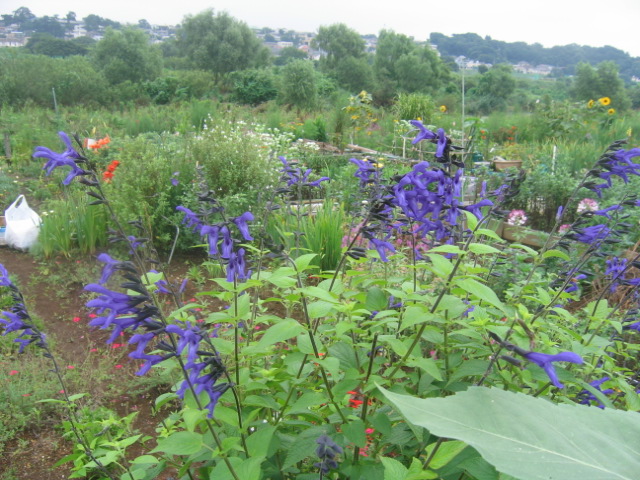
|
1. Kanji characters read "Start, Winter".
2. Calendar: It is around Nov.05.
RITTO is the first day of winter according to the calendar.
3. Legendary:
Camellia("SAZANNKA") starts to bloom,
grounds starts to freeze
and daffodil("SUISEN", narcissus) starts to bloom.
4. Climate: We have the first snow fall in a year.
5. Agriculture:
6. Food: "Imoni-Kai" This is a party to enjoy the autumn atmosphere
in the field or the river side. (Autumn vegetables and meat/port
are cooked together in a big pan and served.)
7. Event: Cultural exhibitions and meetings are held at various schools.
|
"SHOUSETSU"
(240 Deg.)

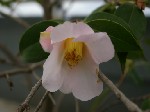
|
1. Kanji characters read "Small, Snow".
2. Calendar: It is around Nov.21.
SHOSETSU is the first day of snow fall.
3. Legendary:
We do not see rainbow,
north winds blow off the tree leaves
and mandarin orange("TACHIBANA") leaves turn yellow in
their color.
4. Climate: We have a little snow fall. It is getting cold.
5. Agriculture:
6. Food: We enjoy newly produced rice called "Shin-Mai".
7. Event: We celebrate a national holiday: "Labor's day".
|
"TAISETSU"
(255 Deg.)

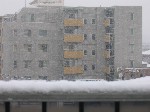
|
1. Kanji characters read "Big, snow".
2. Calendar: It is around Dec.05.
TAISETSU is the period of heavy snow fall.
3. Legendary:
Things are occluded and turns into winter,
bears hide in the hole for hybernation
and a lot of sermons come up in the river.
4. Climate: The very winter is approaching.
5. Agriculture:
6. Food:
7. Event:
|
"TOUJI"
(270 Deg.)

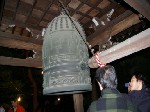
|
1. Kanji characters read "Winter, Reach".
2. Calendar: It is around Dec.21.
TOHJI is the winter solstice.
We have the longest night time in a year.
3. Legendary:
"NATUGARESOU" starts to sprout,
deers lose their horn
and wheat start to sprout under the snow.
4. Climate: It is very cold.
5. Agriculture:
6. Food: We eat pumpkin at Toji and "Zoni" at the first day of a year.
7. Event: We hit "Joya-no-kane" at the last day of a year and visit
shrine to pray for famly's happinessce at the first day of a year.
|
"SHOUKAN"
(285 Deg.)

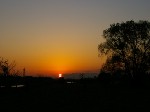
|
1. Kanji characters read "Small, Cold".
2. Calendar: It is around Jan.05.
SHOKAN is the starting day of getting colder.
3. Legendary:
Parsly("SERI") grows well,
frozen spring water start to move
and male pheasants("KIJI") start to cry.
4. Climate: North wind called "Kogarashi" blows over Japan.
5. Agriculture:
6. Food: We eat "Shichigusa-Gayu".(Souped rice with seven kinds of
vegetables) "Oden" is popular in this season.
7. Event: "Dezomeshiki" is held.
(This is a fire fighters exihibition day.)
|
"DAIKAN"
(300 Deg.)

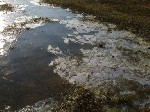
|
1. Kanji characters read "Big, Cold".
2. Calendar: It is around Jan.21.
DAIKAN is the period of the most severe cold days.
3. Legendary:
Butterburs("FUKINOTOU") starts to sprout,
ice becomes thick at the valley
and hens start to lay eggs.
4. Climate: We experience the most severe cold days in a year.
5. Agriculture:
6. Food: "Kori-Dofu","Sake" are produced in this freezing season.
7. Event: "Mamemaki" festivals at temples are held to drive away
evil gods.
Martial arts practice are popular in this coldest period.
|















































